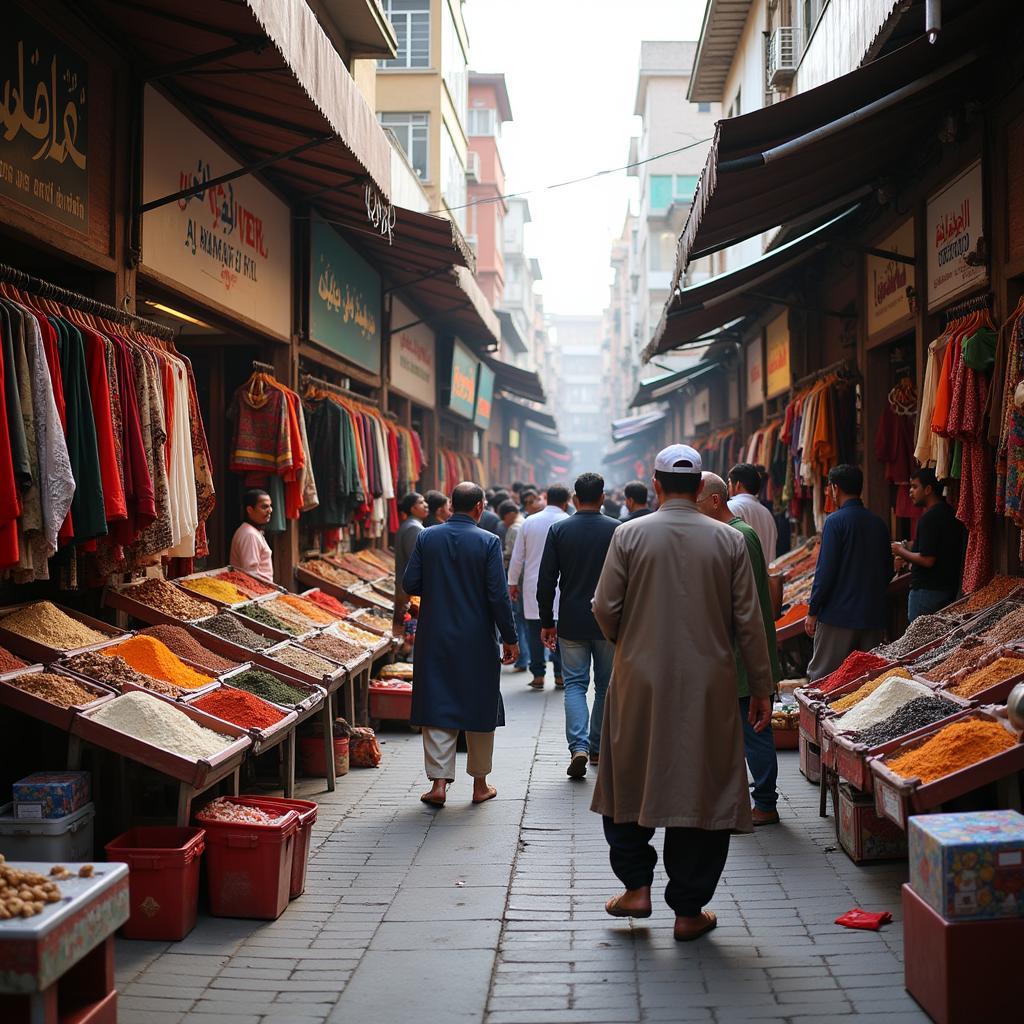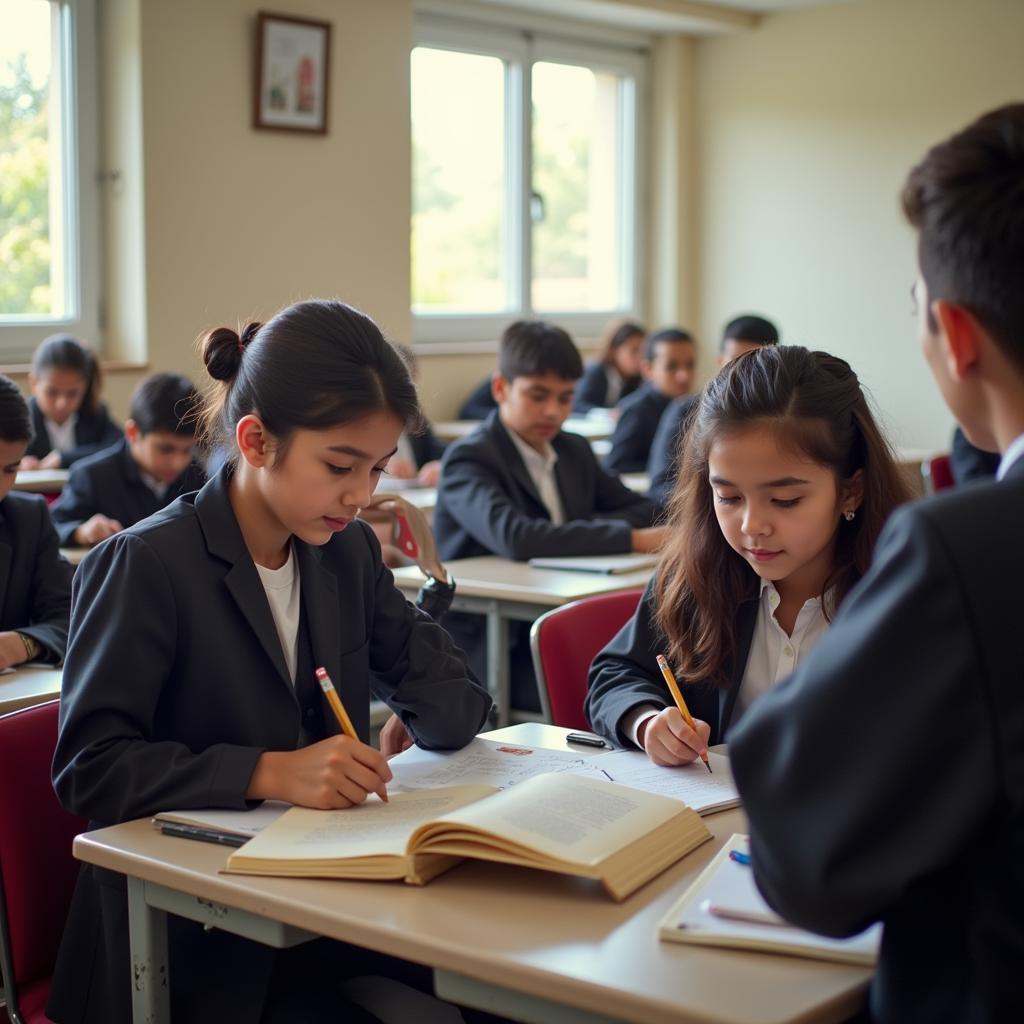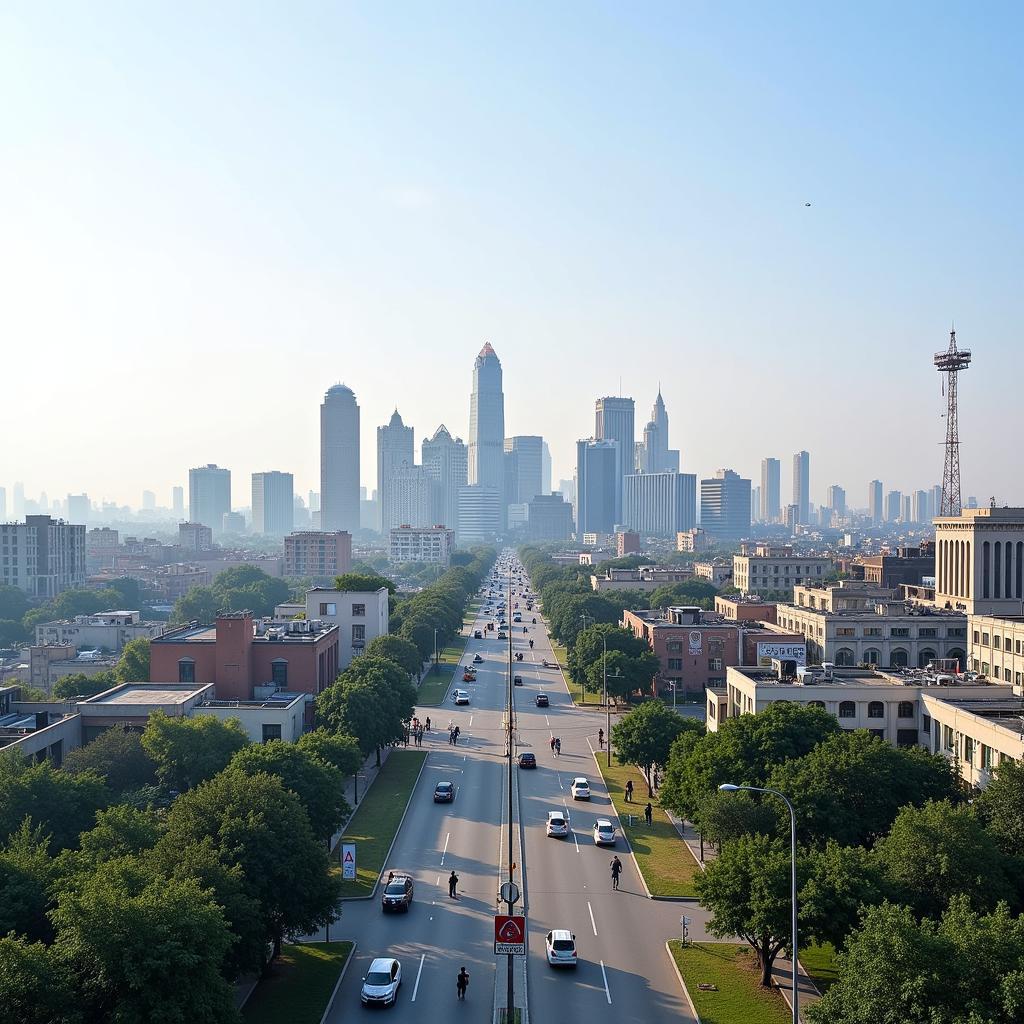Hayat Pakistan, literally translating to “Life Pakistan,” encompasses a rich tapestry of traditions, challenges, and aspirations. From the bustling metropolises of Karachi and Lahore to the serene valleys of Hunza and Swat, Pakistan offers a diverse and dynamic experience that captures the essence of South Asian culture. This article will explore the various facets of Hayat Pakistan, delving into its history, its people, its challenges, and its hopes for the future.
Exploring the Diversity of Hayat Pakistan
Pakistan’s history is a blend of ancient civilizations, Mughal grandeur, and British colonial rule. This unique historical trajectory has shaped its present identity, influencing its politics, economy, and social fabric. Understanding the complexities of Hayat Pakistan requires acknowledging the country’s multi-ethnic and multilingual makeup. From the Punjabi majority to the Sindhi, Baloch, Pashtun, and numerous other ethnic groups, each community contributes to the nation’s vibrant cultural mosaic.
One of the most captivating aspects of Hayat Pakistan is its rich artistic heritage. From the intricate embroidery and vibrant textiles to the soulful melodies of Sufi music and the energetic rhythms of folk dances, Pakistani art forms reflect the nation’s diverse cultural influences. The country also boasts a rich literary tradition, with prominent poets and writers contributing to both Urdu and English literature.
 Pakistani street market with vendors selling traditional goods
Pakistani street market with vendors selling traditional goods
The Economic Landscape of Pakistan
Pakistan’s economy is characterized by a mix of agriculture, industry, and services. Agriculture plays a vital role, employing a significant portion of the population and contributing substantially to the country’s GDP. The industrial sector, including textiles, manufacturing, and construction, is also a major contributor to economic growth. In recent years, the service sector, particularly telecommunications and information technology, has experienced rapid expansion.
Challenges and Opportunities in Hayat Pakistan
Despite its rich cultural heritage and economic potential, Pakistan faces numerous challenges. Poverty, illiteracy, and healthcare disparities remain significant concerns. Political instability and security issues have also hampered the country’s progress. However, amid these challenges, there are also significant opportunities for growth and development. Investing in education, healthcare, and infrastructure can pave the way for a more prosperous future. Promoting entrepreneurship and innovation can create jobs and boost economic growth.
 Young Pakistani students diligently studying in a classroom
Young Pakistani students diligently studying in a classroom
The Role of Women in Hayat Pakistan
Women play a crucial role in shaping Hayat Pakistan. Despite facing societal and cultural barriers, Pakistani women have made significant contributions in various fields, from politics and business to arts and sciences. Empowering women through education and economic opportunities is essential for the country’s overall progress and development.
Looking towards the Future of Hayat Pakistan
The future of Hayat Pakistan hinges on the collective efforts of its people and its leaders. Addressing the challenges and seizing the opportunities requires a commitment to good governance, sustainable development, and social justice. By investing in its human capital and promoting inclusivity, Pakistan can unlock its full potential and build a brighter future for all its citizens.
 Modern cityscape of Lahore, Pakistan
Modern cityscape of Lahore, Pakistan
Conclusion: Embracing the Essence of Hayat Pakistan
Hayat Pakistan, with its rich history, diverse culture, and resilient people, represents a unique and vibrant tapestry. While challenges persist, the nation’s potential for progress and development remains immense. By embracing its strengths and addressing its weaknesses, Pakistan can create a future where every citizen has the opportunity to thrive and contribute to the nation’s prosperity. Hayat Pakistan is a story of resilience, hope, and the enduring spirit of its people.
FAQ
-
What does “Hayat Pakistan” mean?
Hayat Pakistan translates to “Life Pakistan.” -
What are the major ethnic groups in Pakistan?
The major ethnic groups include Punjabi, Sindhi, Baloch, and Pashtun. -
What are some of the challenges facing Pakistan?
Challenges include poverty, illiteracy, and security concerns. -
What are some key industries in Pakistan?
Key industries include agriculture, textiles, and information technology. -
What is the role of women in Hayat Pakistan?
Women play a vital role in all aspects of Pakistani society, despite facing numerous challenges.
Situations and Frequently Asked Questions
Scenario: A foreigner is visiting Pakistan for the first time and wants to understand the culture better.
Question: What are some important cultural customs I should be aware of when visiting Pakistan?
Scenario: An investor is considering investing in Pakistan.
Question: What are the current economic prospects for Pakistan, and what are some promising sectors for investment?
Further Exploration
For further information on Damas Jewellery in Pakistan, please visit our page on damas catalogue with prices in pakistan.
Need Help?
For any assistance or inquiries, please contact us:
Phone: +923337849799
Email: news.pakit@gmail.com
Address: Dera Ghazi Khan Rd, Rakhni, Barkhan, Balochistan, Pakistan
Our customer service team is available 24/7.